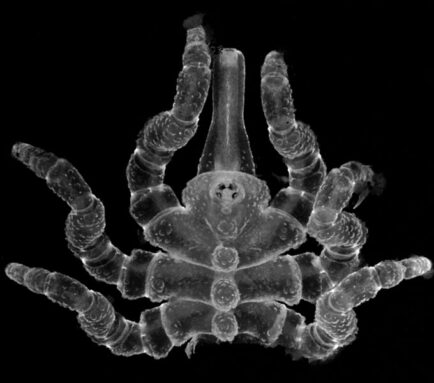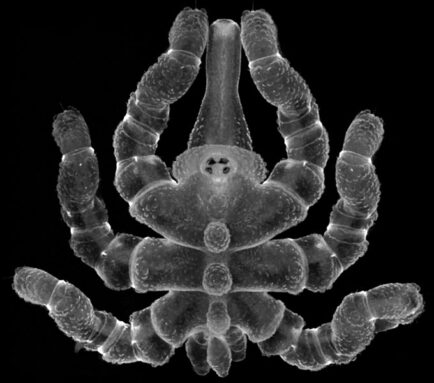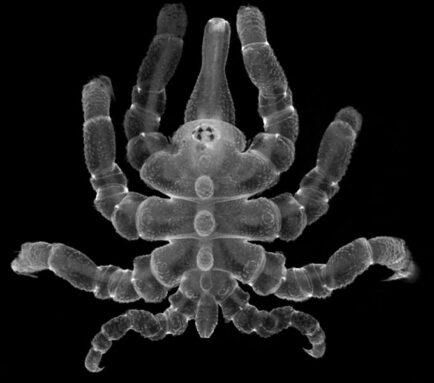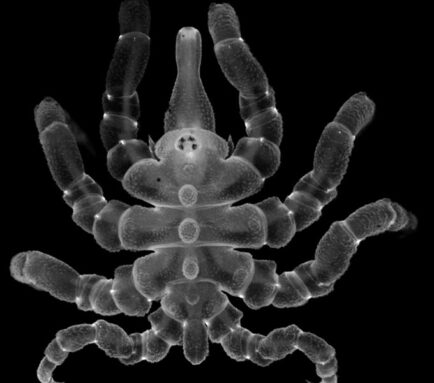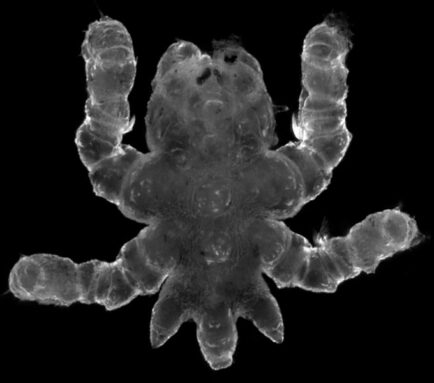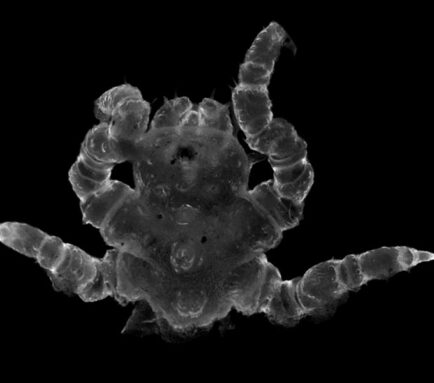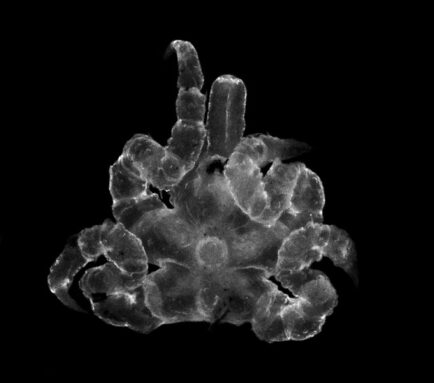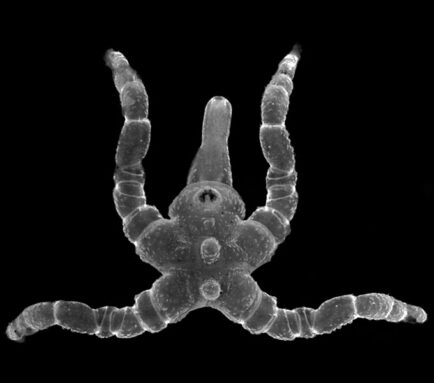Animals
Some Young Sea Spiders Can Regrow Their Rear Ends
-

 Health1 year ago
Health1 year agoInternational Blood Bank for the Unvaccinated has been Formed with Members from at Least 16 countries – Demand for “Pure Blood” Skyrockets
-

 Health1 year ago
Health1 year agoOpenly Gay Prince Turned Palace Into Safe Haven For LGBTQ+ Indians | The Optimist Daily
-

 English1 year ago
English1 year agoLife Force Network News English Transcript – White Paper Protests
-

 World News2 years ago
World News2 years agoAustralian National Review – McIntyre Report Political Talk Show- Episode 148, Elon Musk Now The Enemy Of Ukraine For Suggesting Peace,Australian PM Send $500 Million More To Nazis In Ukraine Without Voters Permission,Covid Vaccine Cover Up Failing,WW3 Being Pushed By Biden's Masters – Part 2
-

 World News2 years ago
World News2 years agoAustralian National Review – McIntyre Report Political Talk Show- Episode 148, Elon Musk Now The Enemy Of Ukraine For Suggesting Peace,Australian PM Send $500 Million More To Nazis In Ukraine Without Voters Permission,Covid Vaccine Cover Up Failing,WW3 Being Pushed By Biden's Masters – Part 1
-

 Life Force Now2 years ago
Life Force Now2 years agoLife Force Network News-UK False Data
-

 Life Force Original Content2 years ago
Life Force Original Content2 years agoSpeak Up News Part 1
-

 Life Force Original Content2 years ago
Life Force Original Content2 years agoSpeak Up News Part 2


